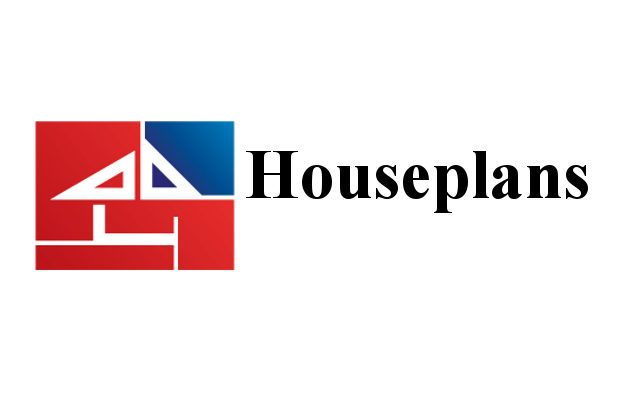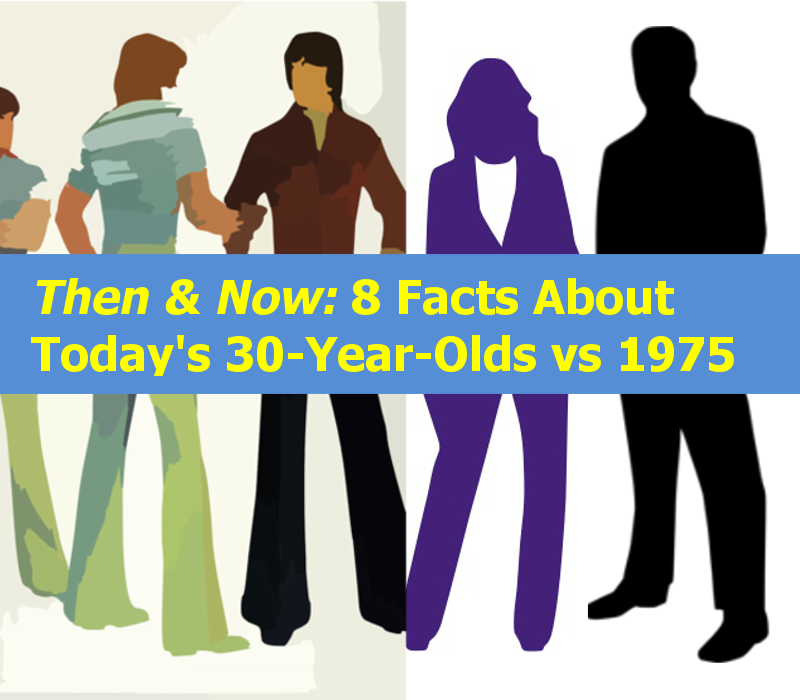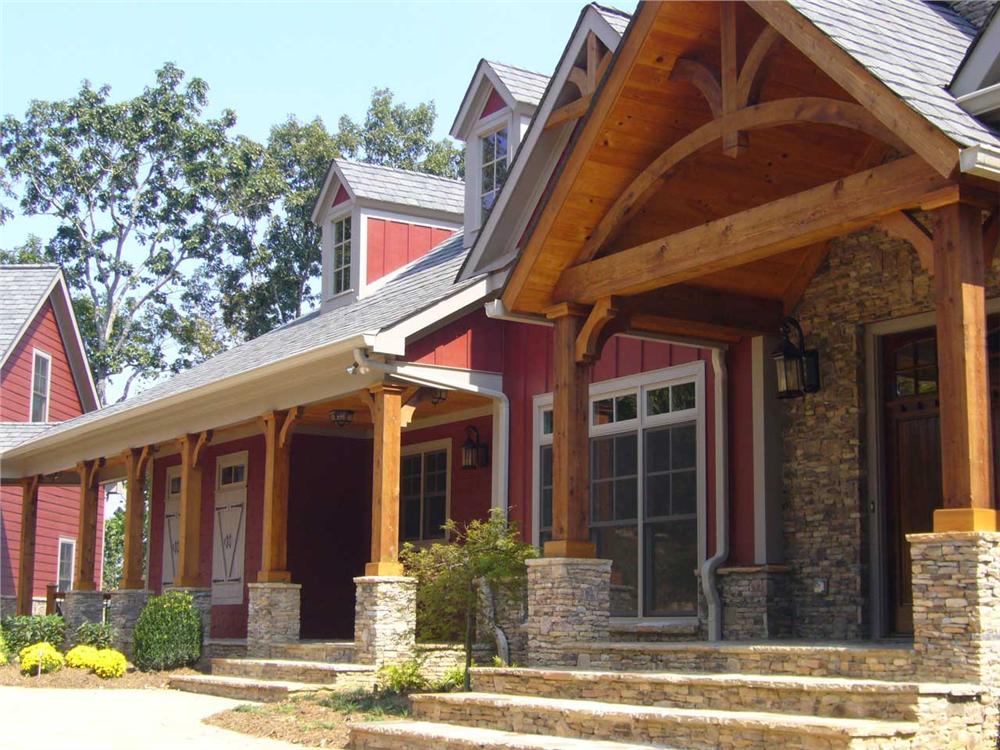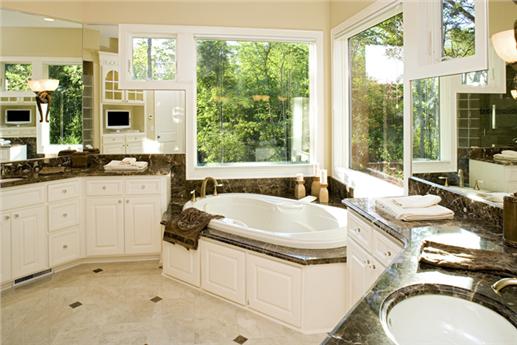Hank Paulson, the US Treasury Secretary, has just made some alarming comments on the housing crisis. He remarks “Let me be clear, despite strong economic fundamentals, the housing decline is still unfolding, and I view it as the most significant current risk to our economy,” and that “The longer housing prices remain stagnant or fall, the greater the penalty to our future economic growth.” He has made several calls to action, but for now, no concrete plans have been issued by congress or the president. Most blame deceptive mortgage loans and over-zealous builders. Supply is starting to exceed demand.
Consumers have a lot to do with the current situation. After all, we ultimately control the economy. Hasty decisions about mortgages and the urge to build bigger and better have combined to create a foreclosure rate that is currently 50% higher than two years ago. Reported “ghost towns” have begun to develop and values are dropping.
My suggestion… First, don’t depend on the banks to be honest about your mortgage. Read the fine print. Consult a neutral third party if you must. Make sure you are aware of any variable rates and possible rate spikes. Second, don’t build so big. Build smarter. Find a good plan and customize it, or hire a designer. Spend more on planning and less on mistakes. Third, go green. If you want to save money in the long run, and be able to afford those mortgage rates, then start with energy saving products and building techniques. Here is a great resource: www.greenandsave.com (look for the ROI, or Return On Investment, numbers). Another: www.buildinggreen.com (these guys don’t accept advertising, so they’re great).
You may have a dream of owning your own home. Not buying an existing one, but owning one built just for you. The ‘crisis’ doesn’t change that. You still can. Just play it safe and build smarter. You’ll obtain your dream and support the market. After all, you ultimately decide your own economy.
source: The Associated Press used by Fox News – http://www.foxnews.com/story/0,2933,302194,00.html








